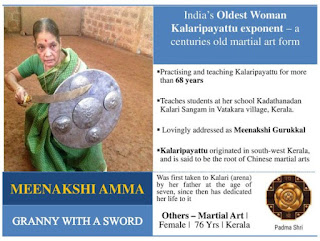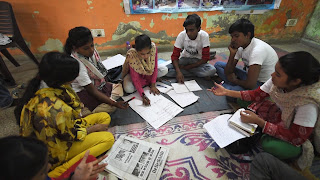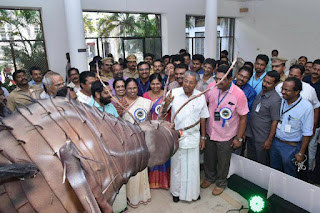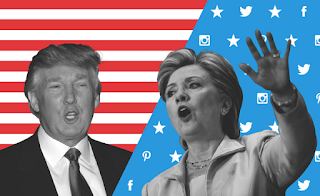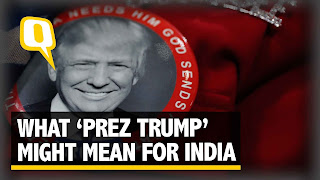Introduction
The human brain is the biggest asset of mankind. With its use, we have
totally dominated our planet. Though we are incapable of flying or holding
things with the best claws as do other animals or run as fast as leopards do, due
to our brain functions, we have clawed our way to the top of the evolutionary
ladder. Despite its superb capabilities, our brain has its own limitations.
These limitations often show up at worst times without notice and to our
embarrassment.
Ways to Tame Our Brain
To maximize its capability, scientists are consistently working on
the brain and are coming up with hacks to overcome its limits. They know that
there is still a lot of information about the brain that has to be discovered.
Through the research, they have come up with certain simple ways to overcome
these limitations. These are time-tested ones. Here are ten ways you can hack
your brain to your advantage, according to science.
- Smiling Can Trick Our Brain
Into Thinking We’re Happy: Smiling always makes the people around us happy. This is because the smile releases feel-good chemicals such as
dopamine and serotonin in our brain. Hence, the smiling dupes the brain to
think that we are happy and brings down stress and anxiety in
high-pressure situations, which, in turn, lowers blood pressure and helps
us to live longer.
- Study In Spaced Intervals To Retain More
Information: We
need to feed the information to the brain in spaced intervals. This lets us retain more information than when we try to study continuously for a
longer period of time. When we take a break in studies, our brain forms new neural connections to retain what is fed to it. This process needs time.
- Chew Gum To Reduce Anxiety And Depression: We can chew the gun and reduce anxiety. The effects are more pronounced after two weeks of regular gum-chewing. People who chew gum are known to better tame the depression
and fatigue as well.
- The aroma of Rosemary Improves Mental Ability: The usage of scented oil such as rosemary oil has got positive effects on the cognitive skills of our brain. The aroma of the oil awakens the brain into definitive action
and brings more concentration on the work at hand.
- Listen to Classical Music to Improve Learning: It is known from time immemorial that music improves the productivity of the brain. More
precisely, classical music listening improves the power of concentration,
which in turn improves the power of assimilation of knowledge.
- Stop Yourself from Choking by Singing: There are times when we get choked in the throat when we are called out for a lecture or a talk. It is not because we do not know anything instead it was due to the fear of the audience. All that can be done is to sing a song in the mind to divert the mind or brain. If this is not possible in a meeting or in similar situations, we can focus on something else there in the venue or count backward.
- Trick Your Brain into Thinking a Rubber Arm is
Real:
Keep a rubber hand glove near your right hand and go to sleep. When
you get up you tend to use the glove as if your brain has instructed you to
consider it as the right hand.
- Use the Sun to Hallucinate: We can use the legal form of hallucinations to the re-excite human brain. As one physiologist of the 19th century had pointed out, it can be done with the help of sunlight.
Looking at the sun with one closed eye, we can start waving the hand on the other side for 20 minutes. Soon we will start seeing shapes in front of our eyes. The shapes depend upon the person. Anyhow, we can expect to see shapes like spirals, hexagons, or squares. Similar hallucinations can be had if we place a white paper on the closed eyes and lie down under the bright white light in a room.
- Use Gestures to Prepare for a Test: This is a known fact that some people need to write the learned things down on a piece of paper to impress them hard on to their memory. Some people do a session of yoga or
meditation to rejuvenate their minds before embarking on their studying or
learning session. These may or may not help in retaining the learned
things in memory whereas the use of gestures while studying surely helps
in retaining them in the memory.
- Be More Attractive By Believing We Smell Good: Always applying scent is part of increasing the acceptability among the crowd, especially with women. This induces confidence in our mind and that would be visible in
the way we deal with people.


























